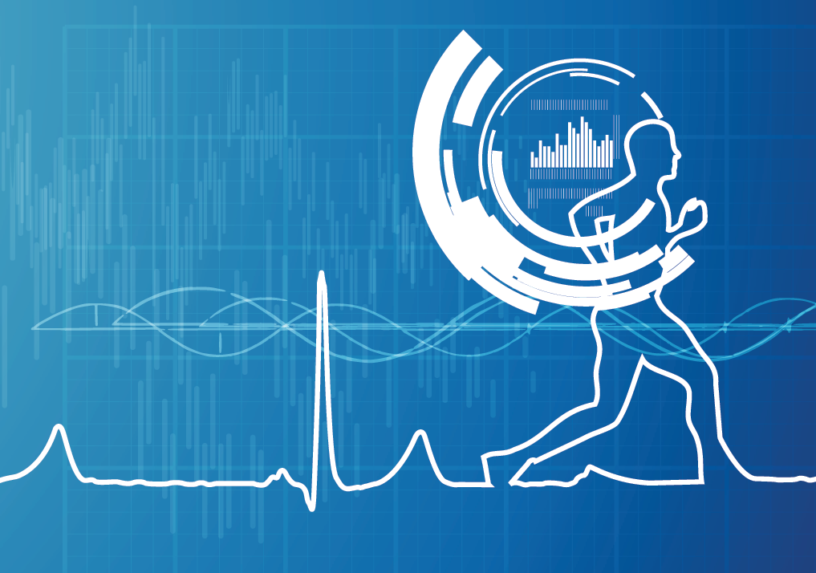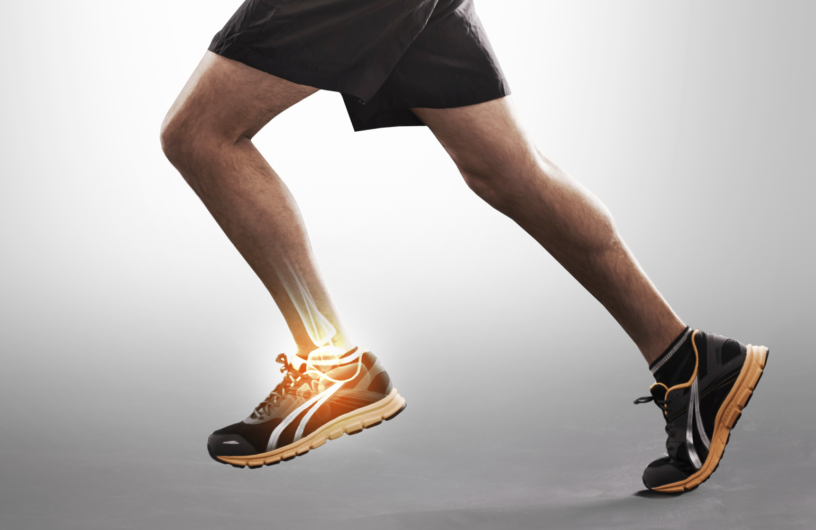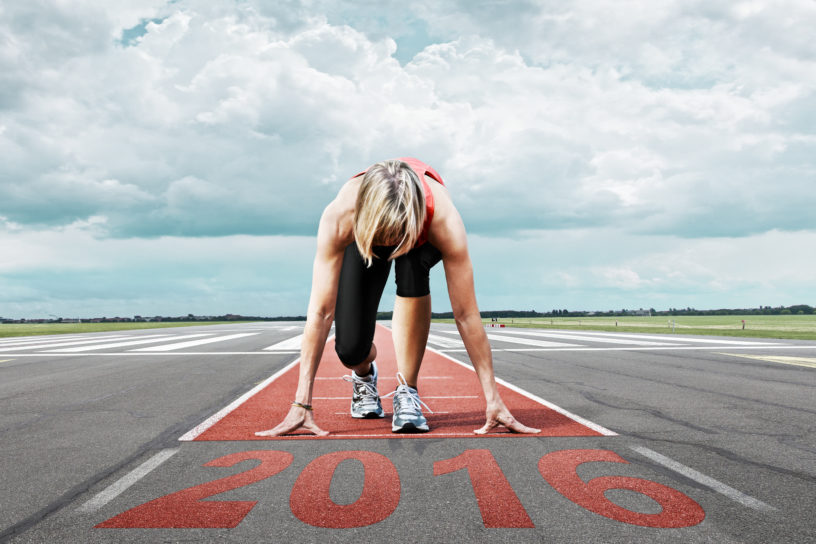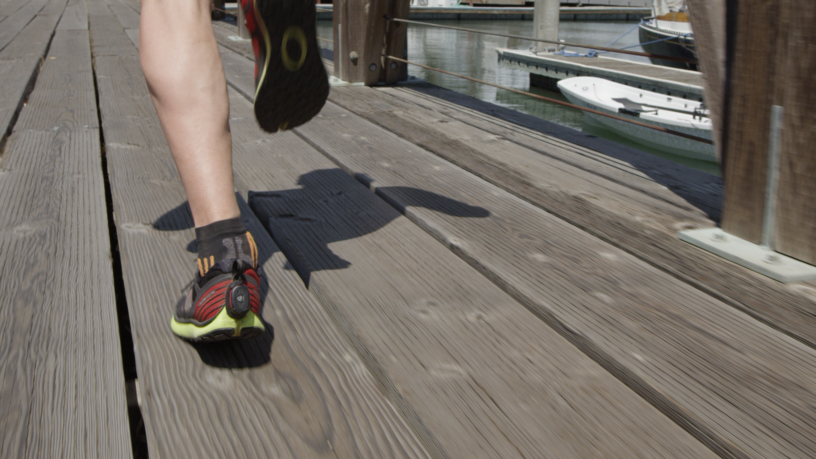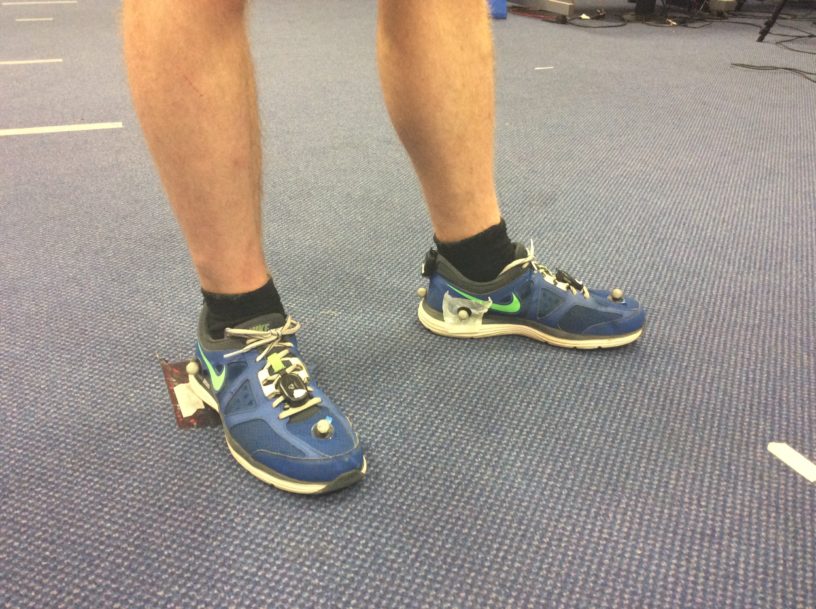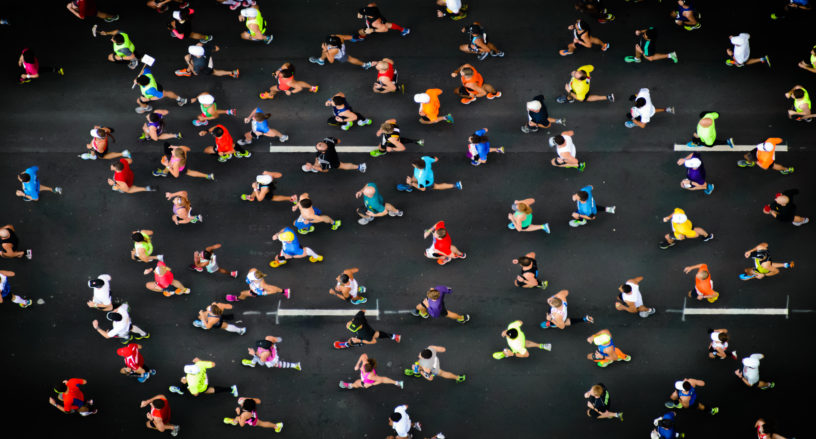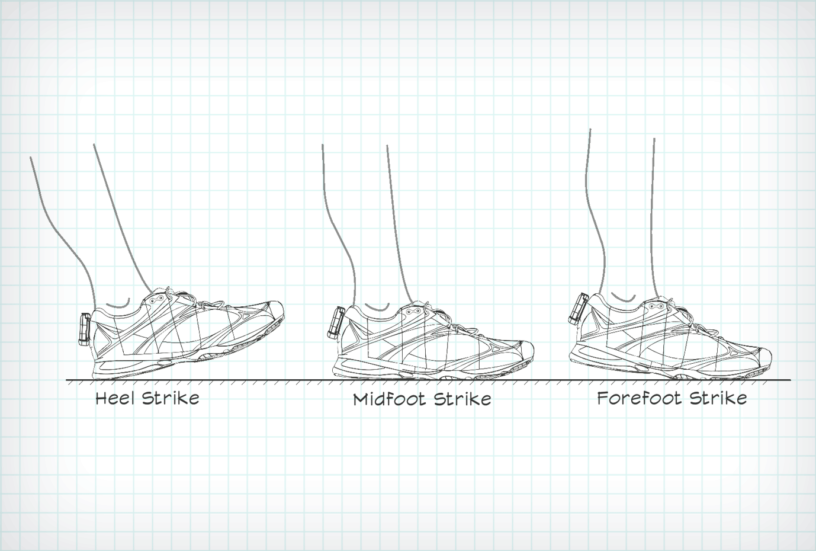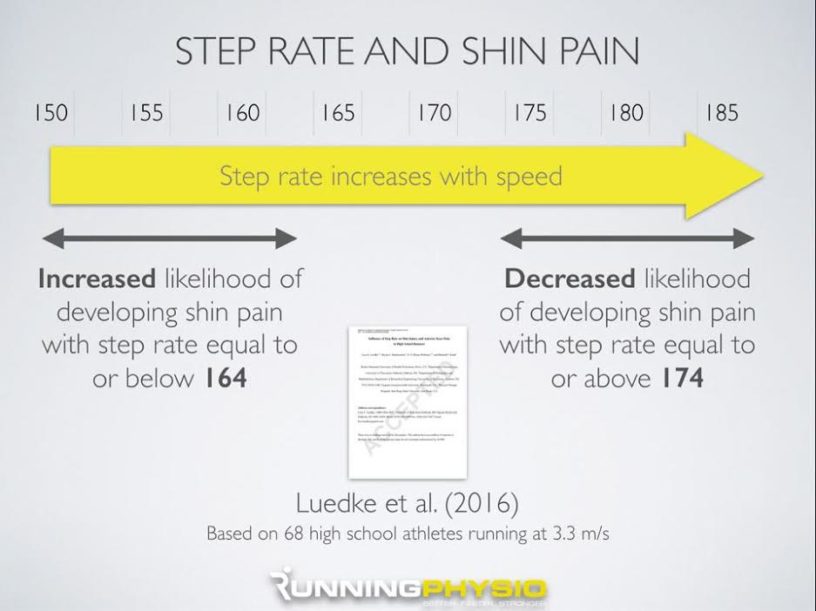What is Run Efficiency? If you study a slow-motion video of an elite distance runner they seem to bound-along effortlessly, exerting little effort to maintain speeds that mere mortals could hardly achieve sprinting flat-out! Efficiency, in a general sense, implies doing something in the most efficient manner, i.e. wasting the least amount of resources. Being able to run at a … Read More
Case Study: The Impact of Shoes on Asymmetries
With the release of the RunScribe Shoe profile, runners now have the ability to quantify how they perform in different shoes, workout type and terrain. By understanding how mechanics change with these variables, runners can make smarter training decisions and shoe choices. Asymmetries are a natural part of any runner’s stride, but in this example, the runner has a long … Read More
Mortals vs Elites – A Look at Stride Mechanics
If you’re like us you’ve been glued to a screen watching the world’s best runners compete on the largest stage. Elite runners seem other-worldly, making unimaginable paces look easy. We know there are a laundry list of characteristics that make someone elite, but what about their mechanics? Do they run differently than us? Over the past year, a handful of elites have … Read More
Case Study: Asymmetry & Injury In A Physiotherapy Setting
At Physiohaus we came across RunScribe via a trip to Boulder USA. I’m an avid runner and therapist who has had just about every injury going. For me RunScribe offered something different to typical gait analysis – gait metrics from your actual run! Not treadmill or video analysis in a laboratory setting but field data from how you specifically move … Read More
RunScribe Validation Research Study
Ground contact time during running is defined as the time elapsed between initial ground contact and toe off. The gold standard in measuring ground contact time during running is high speed video, where heel strike and toe off are manually digitised to find the time elapsed. This system is limited for reasons including the time consuming process of manual digitisation, … Read More
The Unescapable Fatigue Effect
In an earlier article, I discussed the mechanics of how fatigue impacts pace during a marathon, but what happens to other metrics like ground contact time, flight ratio and impact characteristics? We know these metrics are predictably affected by running speed in an unfatigued state. As running speed increases, impact Gs, pronation, pronation velocity and flight time usually increase. Contact time … Read More
Achieving Pace Consistency in Endurance Running
Pace consistency is at the heart of a runner’s training and is important for endurance races like the marathon. Coaches help athletes find their rhythm early as to not burn energy. Achieving pace consistency seems simple, but mechanically our bodies make constant and subtle adjustments. We know pace is a simple equation: Pace = Stride Length x Stride Rate. But … Read More
How Poor are Runners at Self-Identifying Footstrike Patterns?
Running Research Junkie summarizes a number of studies that compare runner’s self-reported footstrike type to reality. How poor are runners at self-identifying their foot strike pattern?
The Hot Topic of Cadence
Running Physio highlights misunderstood aspects of running step rate (cadence) – and what can happen when you aim for 180 steps per minute.
Rhythm & Stride Rate
Splits are all we have. They are like gold for the runner or coach, providing feedback on if the runner is too fast, too slow, or falling apart at the seams. But think about a race-car driver and their team. What if the mechanics only had access to the speedometer. They had no data on how the engine actually ran, … Read More

